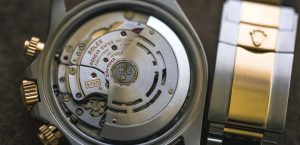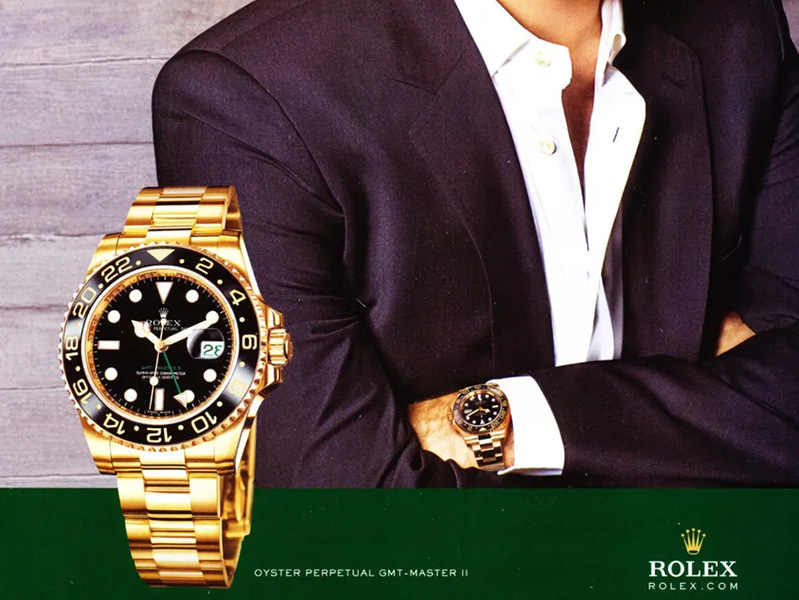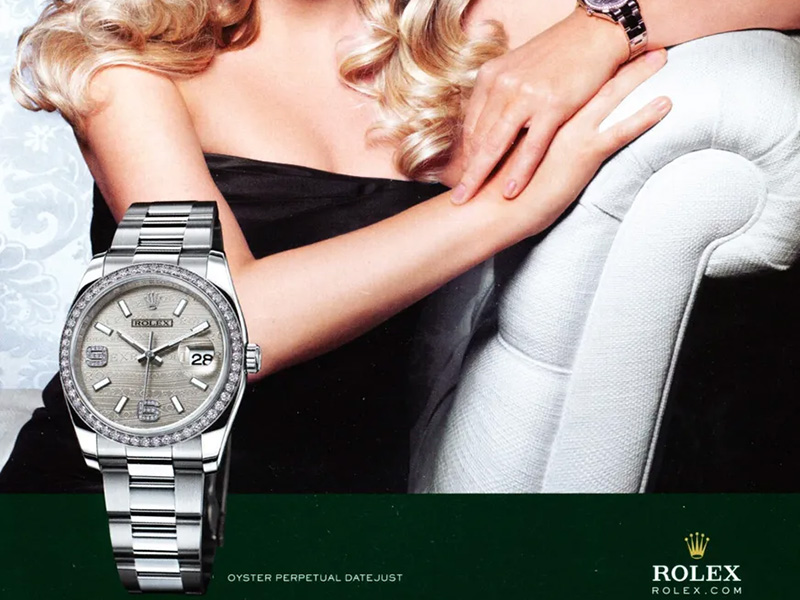The importance of the movement for the entire watch is well known, and without the movement, the watch will not work. What are the movements of the watches? Just follow the blogger to have a profound understanding about watch movements knowledge in different types.
- Manual Winding Movement,the earliest movement spring must be through “human intervention”, the wearer must manually rotate the clockwork on the crown to work normally, usually winding up in 24 hours. The hand-wound movement was also the earliest machine, and its ancestors used it on pocket watches as early as the 15th century. It is now also used by some high-end brands, but more wearers always forget the “winding” so that “stopping” their time.
- The Self-winding(Automatic) Movement is wound by the motion of the watch. Through a swinging oscillating operation, the spring of the watch is slowly tightened, and the watch realizes the effect of “self-running”. The self-winding movement is now the choice of most mechanical watches. As long as it is worn every day, there is no need to wind up, and the hairspring that is evenly stretched with the movement is more conducive to the accuracy of time.
- When it comes to Quartz Movements, we must first mention the “quartz crisis” of the 1970s and 1980s. It was the birth of it that shocked the entire Swiss watch industry, causing many European mechanical watch factories to declare bankruptcy, ending uptheir watchmaking careers, it is also precisely because of its existence urging the birth of the “Swatch” watch, it can be said that a generation is stronger than a generation.
The quartz movement, which was made by W.A Mason in the 1920s, was later put into production by the Japanese SEIKO Company in 1969. Its low cost, extremely high accuracy time and more additional features have become people’s the first choice when purchasing watches, and it has also caused a huge impact on the mechanical watches that have been used for a long time.
In fact, the principle of the quartz movement is that the balance without oscillation is used as a metronome, but only a quartz oscillator, which oscillates through electric energy (battery). There are a lot of women’s models choosing quartz movements from the perspective of thickness and aesthetics.
- The self-produced movement of the watchmaking workshop may be a manual winding movement, or it may be an automatic movement, which refers to the key parts of the movement, such as the main clamping plate, the bridge and the splint, all of them areself-produced by the workshop themselves, so they can name the model by themselves.
The Swatch Group’s ETA movement was the main supplier of many brands before, but in 2002, Swatch Group announced that it would no longer supply ETA’s blank movement (many brands will use ETA’s blank movement to process, then advocating it is a self-produced movement), which led to the emergence of many watchmaking workshops.
Brands Movements
ETA, the full name of ETA SA Manufacture Horlogère Suisse, is a Swiss manufacturer of blank movements, including mechanical/quartz watches and clock movements, which is owned by the Swiss Swatch Group, the world’s largest watch group, ETA itself was merged and acquired by a number of movement factories, including the famous Adolf Schild (AS), Valjoux, Unitas and so on.
ETA’s main product is focused on mechanical movements, and many different types are produced. In addition to the Swatch Group’s watch brands (such as Longines, Omega, Swatch and Tissot), it is also a supplier of watch manufacturers’ movements. For example, Breitling, Fortis, Innag, Plum, etc., even Rolex, ETA movements have appeared in their products (Rolex used the Valjoux movement in its Daytona series), while IWC, Oris, TAG Heuer and Tudor and others used a movement modified based on the ETA movement.
Miyota is the manufacturer of the blank movement under the Japan Citizen Watch, one of the world’s largest blank clock manufacturers. Established in 1959, the name is “Miyota Precision Co. Ltd.” In 1991, it was renamed Miyota Co. Ltd. In 2005, through the exchange of equipment, it became a subsidiary of Citizen Watch, and changed its name to the current one.
Miyota’s main products are quartz or mechanical watch movements, quartz crystal oscillators, LCD backlights, CMOS sensors and micro LCDs.
Through the knowledge of these movements, it can be seen that no matter which kind of movement, the core of the watch’s aura and life is given, and the hundreds of wheel trains and parts inside are meticulously matched, so that the watch can keep running.










